Max Verstappen’s quest for three straight titles begins this weekend, in Bahrain. Back in 1990, the F1 season started stateside, on a temporary street course in the heart of downtown Phoenix, Arizona. (Fun fact: The race was made the season-opener in 1990 in an attempt to beat the city’s scorching summer temps.) That year, things got wild in the desert, as the United States Grand Prix was turned upside down by Italian rubber and a rookie driver in a mid-tier car.
Accelerating down the Jefferson Street straight, Jean Alesi saw the red and white of a Marlboro McLaren behind him. He already passed one some 30 laps earlier. Glancing in the mirror, Alesi caught a flash of Ayrton Senna’s yellow helmet. This McLaren was going to be a different matter.
Game on.

Jean Alesi (Photo by Pascal Rondeau/Allsport)
At 26-years old, the blue-eyed Frenchman—proudly of Sicilian descent—was a fresh-faced competitor of merely eight grands prix. His debut at the previous year’s French Grand Prix was sensational and resulted in an 18-month contract from Tyrrell.
Before he took the track in Phoenix, Alesi’s season was already in disarray. To start, his Tyrrell-Ford arrived in Phoenix with acres of blank bodywork. There wasn’t a sponsor in sight.
In addition to the shortage of financial backing, the British team had landed in the US without turning a single lap on its new Pirelli tires. The deal struck with the Italian rubber company was inked only days before the season opener. Even so, switching to the new rubber appeared to be a savvy move for a British team whose best years seemed squarely in the past.
Goodyear served as F1’s preeminent tire supplier when Michelin pulled out in the mid-1980s. Pirelli came back to the sport the previous year, serving as the prototypical tire company for Italian backmarker teams.
In Phoenix, though, the Pirelli’s soft qualifying tires were a revelation throughout the day. Alesi qualified fourth.
Even more impressive, Pierluigi Martini recorded the second-fastest lap in the Pirelli-tired Minardi-Ford. (This was the only time in 21 seasons that a Minardi would start a grand prix from the front row.)
Italian veteran Andrea de Cesaris started alongside Alesi, in the Scuderia Italia Dallara. His tire company of choice? You guessed it: Pirelli.
None of the three Pirelli trailblazers could beat Gerhard Berger, who marked his McLaren debut by starting the season opener from pole position.
The Austrian’s teammate, 1988 world champion Ayrton Senna lined up fifth. It was his lowest qualifying position since the end of 1987 and (astonishingly) the first time he failed to start on the front row of a grid since the 1988 British Grand Prix.
In 1989, Senna was bested by teammate Alain Prost. Going into 1990—his seventh season in Formula 1—the Brazilian wanted payback.
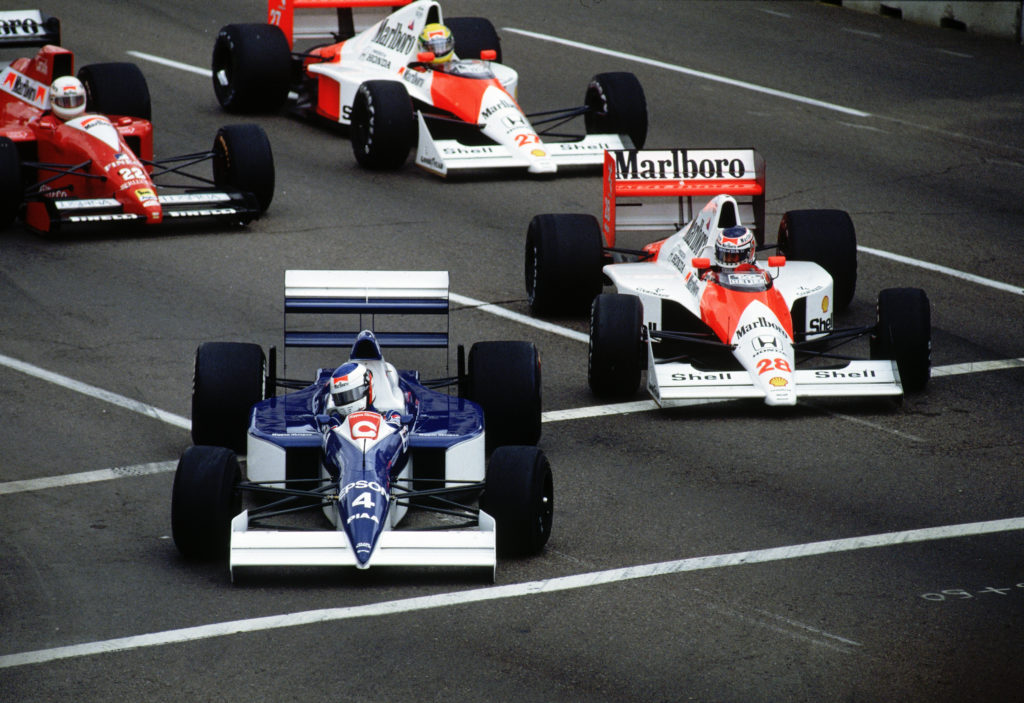
Alesi takes the lead. (Photo by Pascal Rondeau/Getty Images)
The race was on. Senna watched helplessly as Alesi rocketed away at the start. The Frenchman dispatched the slower Minardi, slipped to the inside of Berger, and snatched the lead by the first corner.
The moment was Alesi’s chance to shine on the world stage and showcase the skills he’d perfected within the concrete confines of street circuits in lower open wheel ranks. He hurled the Tyrrell 018 between barriers with sufficient speed, gapping Berger by more than a second after the first lap.
Senna eventually caught and passed Berger, as well. The Austrian brushed the throttle as he went for the brakes and spun into the tire barrier. Senna had Alesi in his sights and 20 laps to close the gap.

(Photo by Paul-Henri Cahier/Getty Images)
By lap 33, he was in Alesi’s wheel tracks. Lap 34: Senna dived into the first right hander and emerged ahead of Alesi. Everyone figured the Brazilian was home free.
Nobody told the man in the Tyrrell.
In passing for the lead, Senna lost his momentum. Alesi ducked behind the McLaren and positioned himself alongside Senna’s sidepod for the next left-hander. The Brazilian was forced to surrender his short-lived lead.
The following lap, Senna tried the move again. This time, he was surgical in his pass and didn’t leave any room for a counterattack.
Senna raced into the distance, a shrinking orange dot in Alesi’s visor, and scored the 21st win of his career.
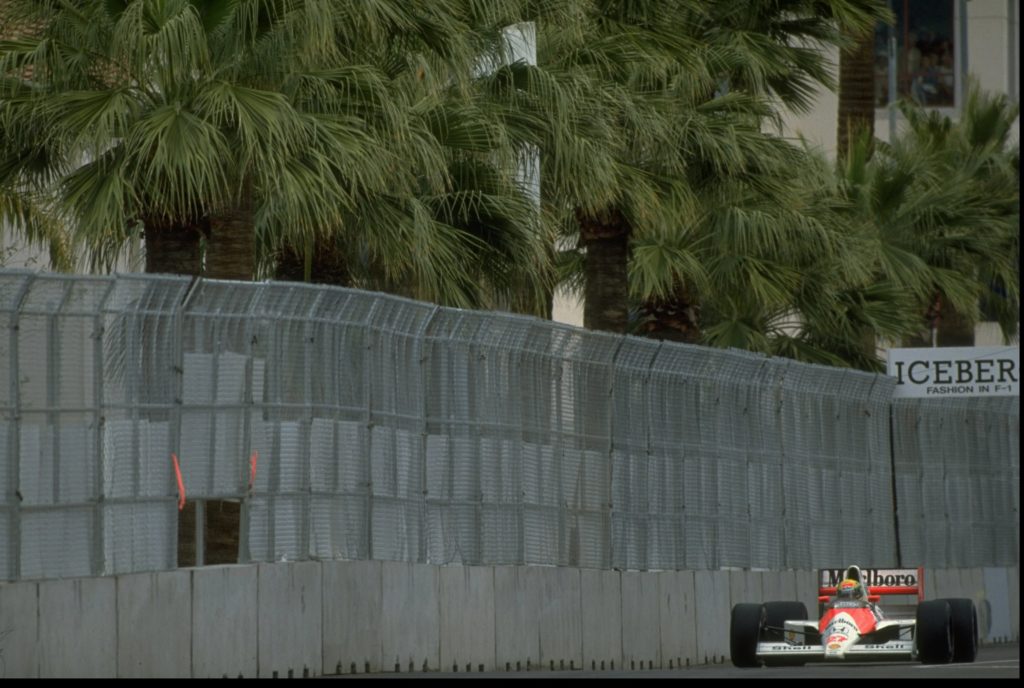
Senna. (Photo by Pascal Rondeau/Allsport)
Despite losing the lead, Alesi’s drive demonstrated the rookie’s maturity and composure in battle. Calm and unflustered, he finished second.
Behind him, more experienced drivers struggled. Initial front runners de Cesaris and Martini faded as their Pirelli tires deteriorated. And reigning world champion Alain Prost started seventh, made it to fourth, but was forced to retire when his Ferrari developed an oil leak.
Neither Senna’s win nor Prost’s retirement could yank the spotlight from Alesi that day. The novice driver’s second-place finish stunned fans and put him on the map with bigger teams like Ferrari and Williams. He caught the attention of Senna, too.
“I was very impressed with the way he was driving. Clean but very determined. It was just the sort of racing I like,” Senna said after the race.
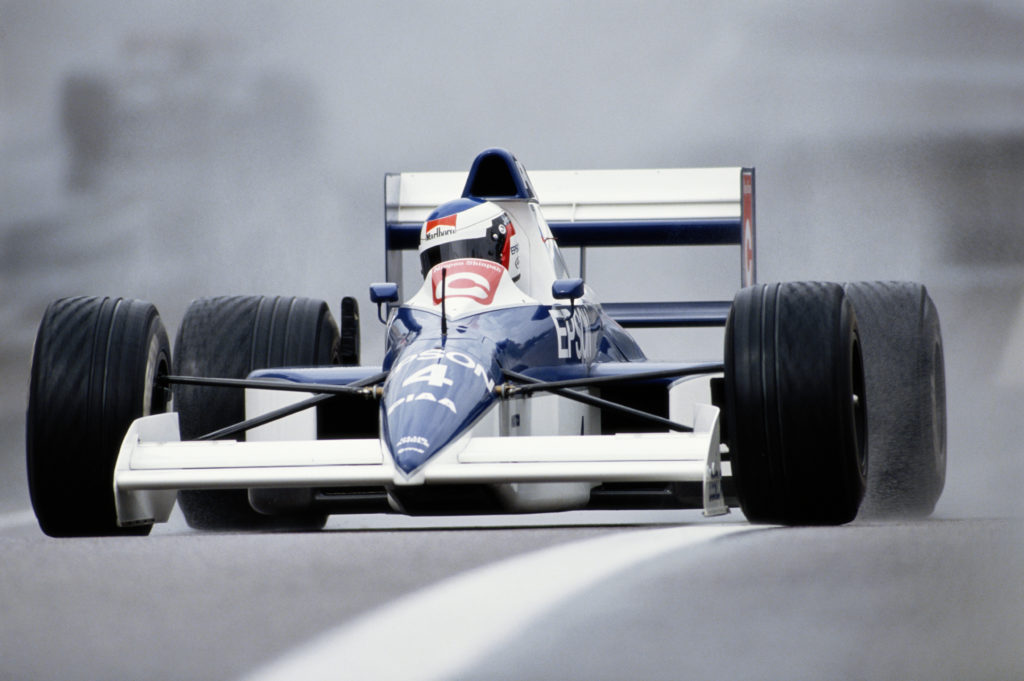
Jean Alesi in the Tyrrell-Ford 018 during a rain-soaked practice for the 1990 USGP (Photo by Pascal Rondeau/Getty Images)
Alesi continued to impress throughout 1990. Some analysts went as far to project the young driver as a future world champion.
Instead, he claimed one win in 201 starts and hung up his helmet for good in 2012. Fans may forget his brief stint in sports car racing or the fact that he started the 2012 Indy 500 at 47-years-old.
F1 fanatics, on the other hand, are less likely to forget those first 34 laps at the 1990 season opener in Arizona.
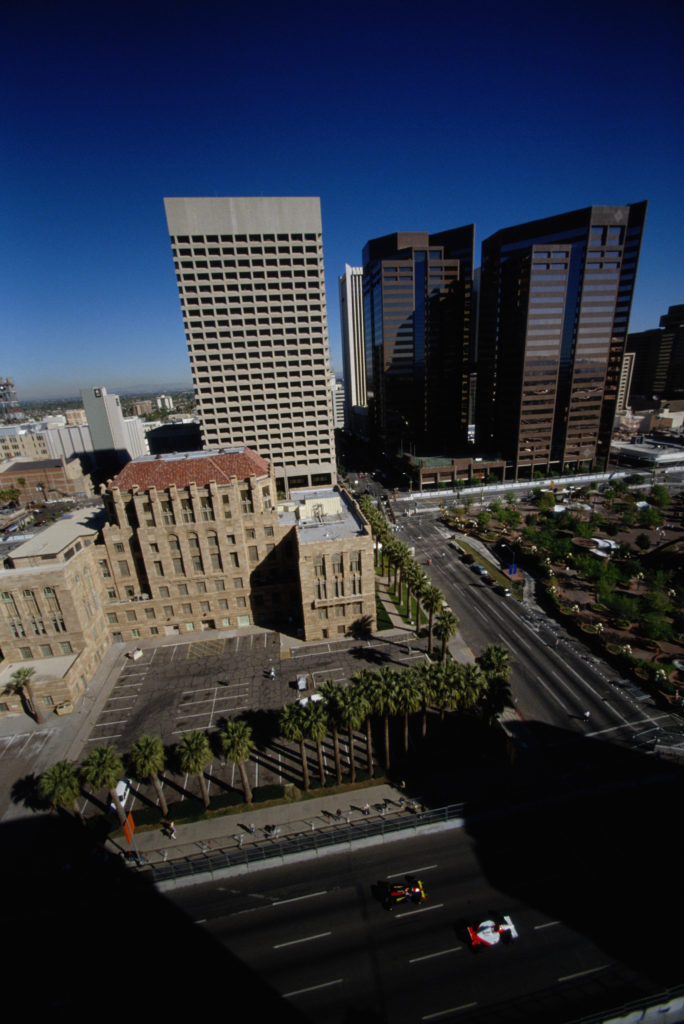
(Photo by Pascal Rondeau/Getty Images)

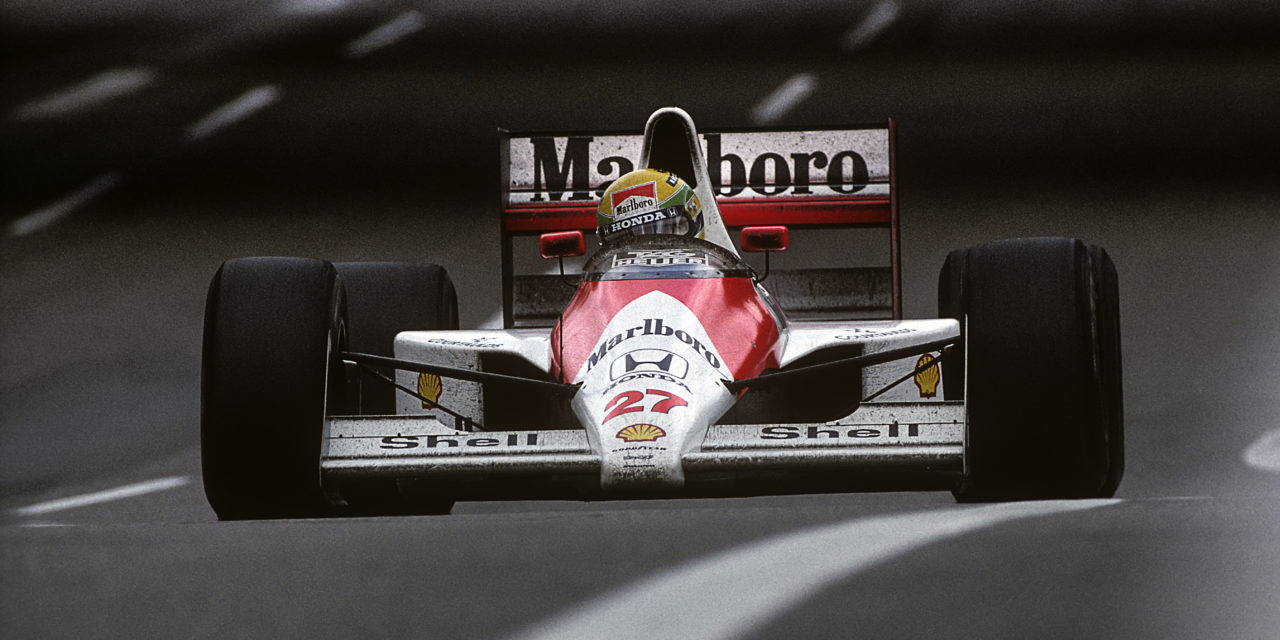
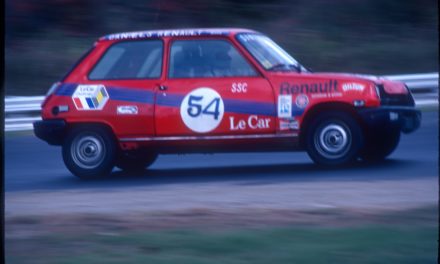
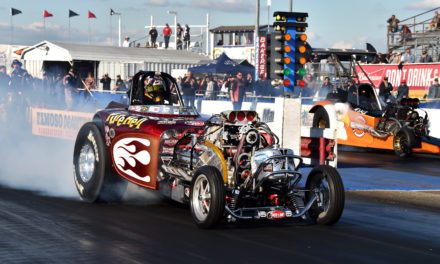
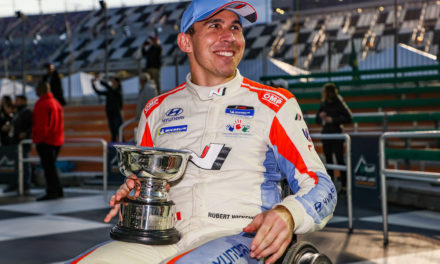


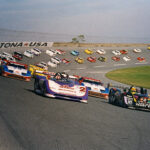

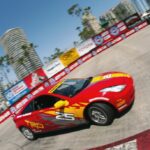
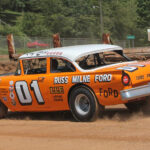
I was a turn marshal for all three years, 1989, 1990 and 1991. As I recall the first year was in June ( 100+), second year in March (rain), the third and final year also in March , no rain !